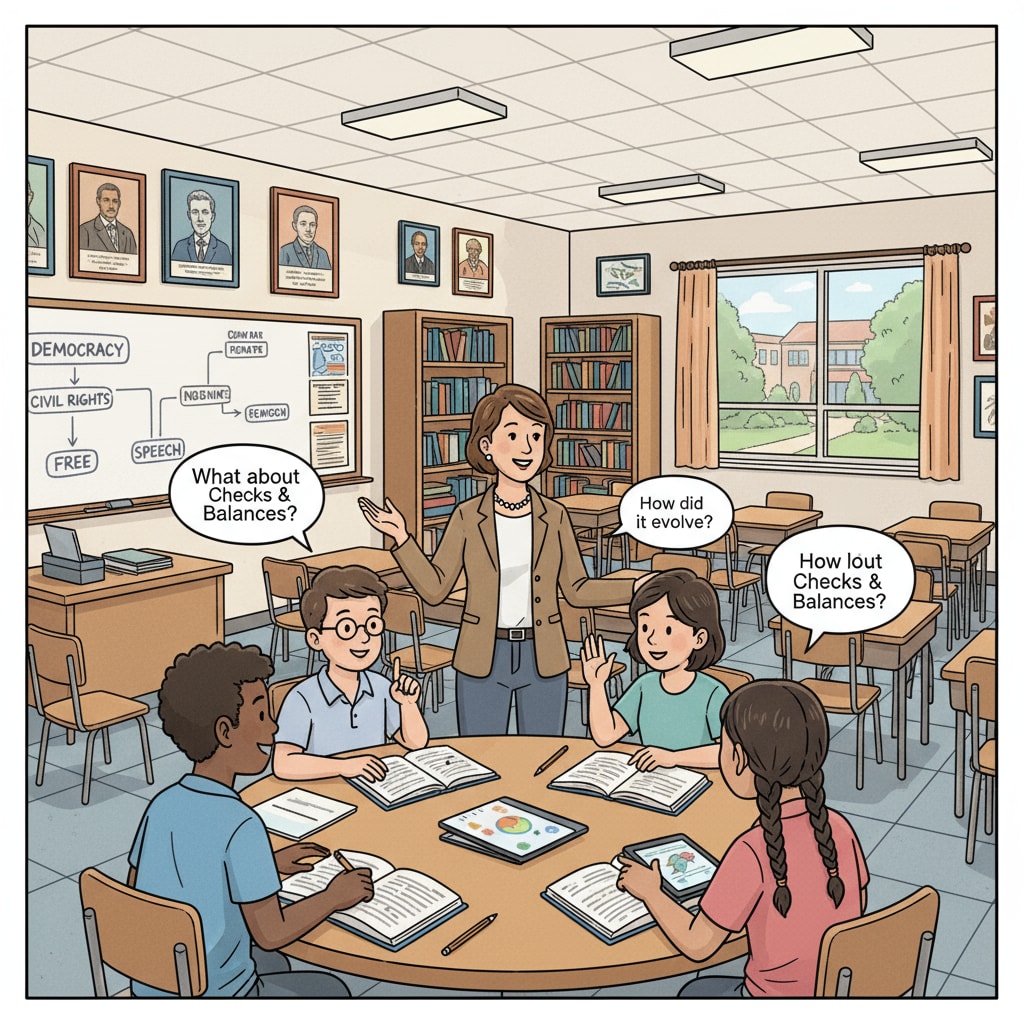In today’s society, diplomas, GED, high school education, and educational choices play a significant role in one’s life. A high school diploma serves as a fundamental stepping stone for further academic pursuits and career advancement. There are multiple paths available for individuals to obtain this essential credential. Let’s take a closer look at some of the most common options.

Traditional Public High Schools
Traditional public high schools are the most common route to a high school diploma. These institutions offer a structured curriculum that includes a wide range of subjects such as math, science, language arts, and social studies. For example, students will engage in hands-on science experiments and in-depth literary analyses. Wikipedia’s entry on high school provides more details on the general structure and curriculum of high schools globally. The environment in public high schools encourages social interaction, teamwork, and the development of various skills. However, the rigid schedule might not be suitable for everyone. Some students may have personal or family commitments that make it difficult to adhere to the daily school routine.
The GED Option
The General Educational Development (GED) test is an alternative for those who couldn’t complete traditional high school. It assesses an individual’s knowledge in four key areas: language arts, mathematics, science, and social studies. Passing the GED is equivalent to having a high school diploma. Britannica’s page on GED explains the test’s history and significance. One advantage of the GED is its flexibility. You can study at your own pace and take the test when you feel ready. However, some colleges or employers may have a preference for a traditional high school diploma.

Online high schools have gained popularity in recent years. They offer a flexible learning environment where students can access courses and materials from anywhere with an internet connection. This is ideal for students who need to balance other responsibilities, such as work or family. For instance, a working professional can study during evenings or weekends. The curriculum in online high schools is often as comprehensive as that of traditional schools. But, students need to be highly self-motivated as they don’t have the in-person supervision of a traditional classroom.
Adult Education Programs
Adult education programs are designed for individuals who want to complete their high school education later in life. These programs are tailored to the needs of adult learners, taking into account their life experiences and time constraints. They often offer part-time or evening classes, making it easier for adults to fit their studies into their busy schedules. In addition, the teaching methods in these programs may be more practical and relevant to real-life situations. However, the resources available in adult education programs may be more limited compared to traditional high schools.
Vocational – Technical Schools
Vocational-technical schools provide a unique approach to high school education. Along with core academic subjects, they focus on practical skills related to specific trades or industries. For example, students may learn plumbing, electrical work, or culinary skills. This dual focus equips students with both a high school diploma and valuable job skills. Graduates from these schools often have an easier time entering the workforce directly after completion. However, the curriculum may be more specialized, which could limit options for those who want a more general high school experience.
Readability guidance: Each option for obtaining a high school diploma has its own pros and cons. By understanding these differences, individuals can make an informed educational choice that aligns with their goals and circumstances. Whether it’s the traditional route of public high schools, the flexibility of GED, or the practical focus of vocational-technical schools, the decision should be based on personal needs.


